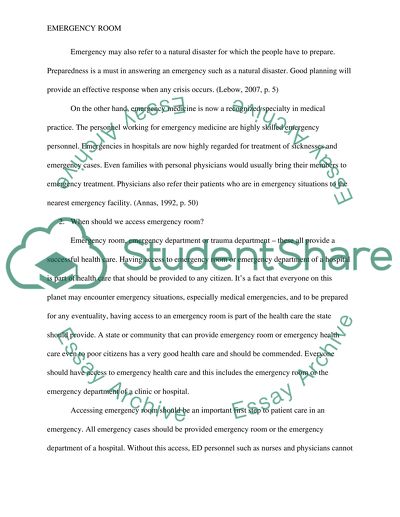Cite this document
(“Emergency Room Education Essay Example | Topics and Well Written Essays - 2500 words”, n.d.)
Retrieved from https://studentshare.org/education/1394867-emergency-room-education
Retrieved from https://studentshare.org/education/1394867-emergency-room-education
(Emergency Room Education Essay Example | Topics and Well Written Essays - 2500 Words)
https://studentshare.org/education/1394867-emergency-room-education.
https://studentshare.org/education/1394867-emergency-room-education.
“Emergency Room Education Essay Example | Topics and Well Written Essays - 2500 Words”, n.d. https://studentshare.org/education/1394867-emergency-room-education.


